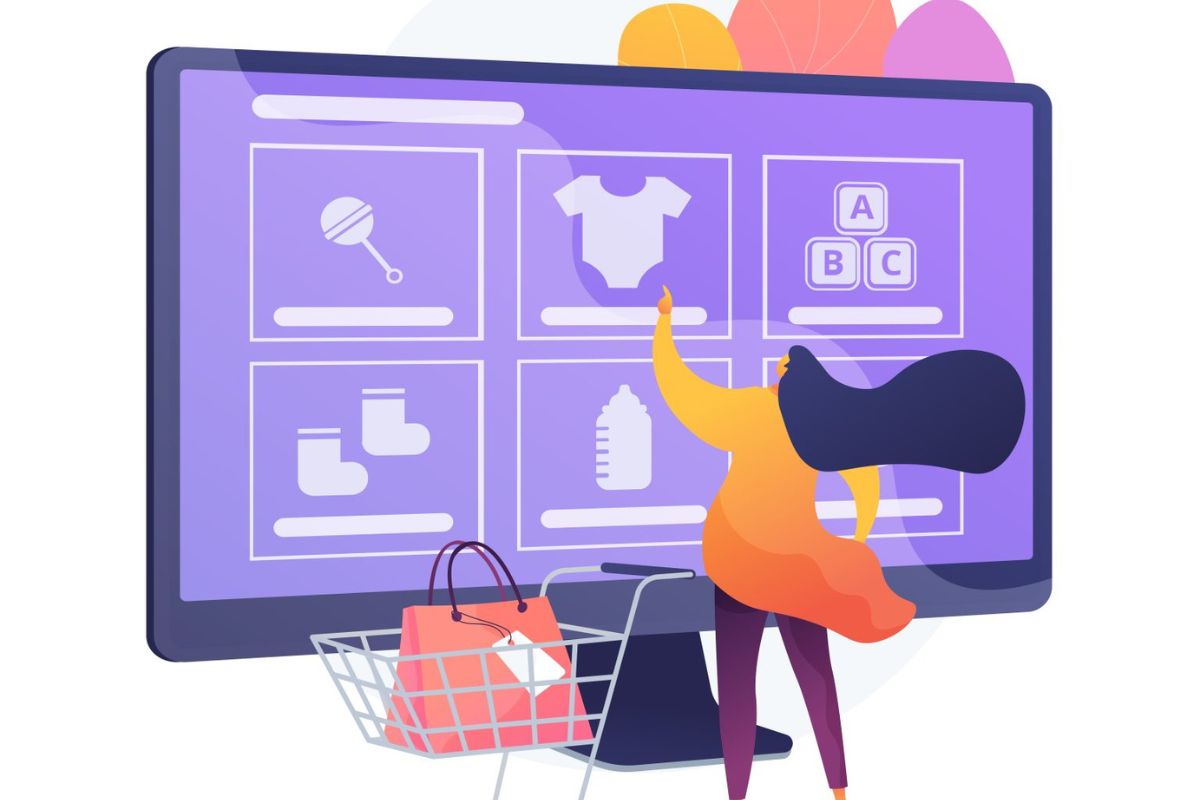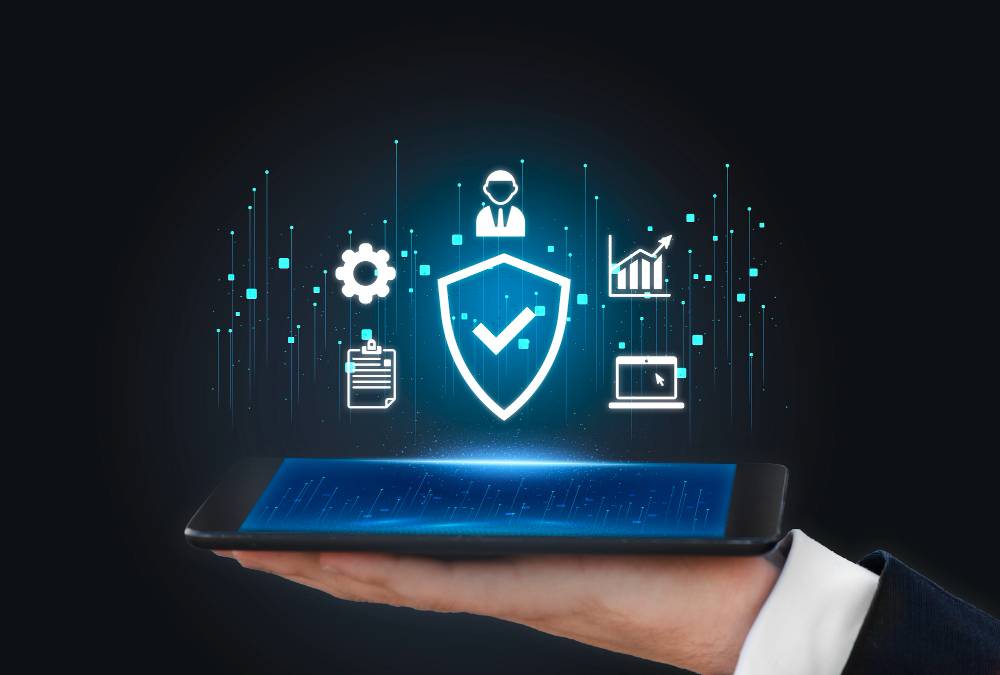The video game industry is a global phenomenon, and it’s on a tear. The market size surpassed a whopping USD 217 billion in 2022 and is projected to continue its explosive growth with a scorching CAGR of 13.4%, reaching a staggering USD 583.69 billion by 2030. Buckle up, because the future of gaming is not just bright, it’s downright dazzling. This blog post will delve into the key aspects of this booming market, including the major players, exciting opportunities, and pressing challenges.
Top Players in the Video Game Market
The video game market is a crowded battlefield, but a few titans control a significant chunk of the market share. Here’s a breakdown of the key players and their estimated video game market share
- Tencent Holdings Ltd. (China): This Chinese giant is a dominant force with a market share around 30%. They’re known for popular titles like League of Legends and Honor of Kings, and their reach extends beyond games with their WeChat social media platform.
- Sony Interactive Entertainment Inc. (Japan): Holding roughly 20% of the market share, Sony is a household name in gaming with their iconic PlayStation consoles and franchises like God of War and Uncharted.
- Microsoft Corp. (USA): Microsoft has been aggressively expanding its gaming presence, boasting a market share of around 15%. Their Xbox consoles and acquisitions like Bethesda Softworks (known for Fallout and Elder Scrolls) solidify their position.
- Nintendo (Japan): The legendary Nintendo holds a special place in gaming history, with a loyal fanbase and a market share of approximately 12%. They’re known for their innovative consoles like the Switch and beloved franchises like Mario, Zelda, and Pokemon.
SWOT Analysis: Video Game Industry

A SWOT analysis helps us identify the Strengths, Weaknesses, Opportunities, and Threats facing the video game industry. Here’s a breakdown of the key factors shaping the market’s future:
Strengths:
- Explosive Growth and Engaged Audience: The global gamer base is estimated at a staggering 3.22 billion in 2023, projected to reach 3.32 billion by 2024. This massive and diverse player pool translates to a strong and growing market.
- Technological Innovation: Advancements like Augmented Reality (AR), Virtual Reality (VR), and cloud gaming are pushing the boundaries of immersive experiences and accessibility. These innovations are constantly expanding the possibilities for game design and player engagement.
- Esports on the Rise: Competitive gaming, or esports, has exploded in popularity, attracting dedicated viewers and generating new revenue streams through sponsorships, merchandise, and broadcasting rights. This passionate fan culture fuels the industry’s growth.
Weaknesses
- Soaring Development Costs: Creating high-quality games requires significant investment in art, design, and programming. This can limit innovation for smaller studios and raise the barrier to entry for new entrants.
- Balancing Act: Monetization vs. Experience: Finding the right balance between monetization strategies (e.g., in-app purchases) and delivering a fair and enjoyable experience for players is crucial. A heavy-handed approach can lead to player dissatisfaction and churn.
- Combating Piracy and IP Theft: Piracy and intellectual property theft continue to plague the industry, impacting revenue and potentially stifling creativity.
Opportunities
- Mobile Gaming Boom: The rise of powerful smartphones and tablets is making gaming more accessible than ever. This vast mobile audience presents a significant growth opportunity for developers and publishers.
- Emerging Markets Take Center Stage: Regions like Asia Pacific and Latin America boast high growth potential due to rising disposable income and internet penetration. These markets offer fertile ground for the video game industry to expand its reach.
- Cloud Gaming Revolutionizes Accessibility: Cloud gaming services eliminate hardware limitations and allow players to access high-end titles on a wider variety of devices. This opens doors for a broader audience to experience the world of gaming.
Threats
- Economic Downturns and Inflation: Economic instability can impact consumer spending, potentially leading to a decline in game purchases and industry revenue.
- Cutthroat Competition and Market Saturation: The video game market is fiercely competitive, with established players and new entrants vying for market share. This can lead to saturation and pressure on profit margins.
- Regulatory Landscape and Age-Gating: Regulatory restrictions and age-gating requirements can limit the reach of certain games and impact marketing strategies.
Read More Topics: The Thriving World of Video Game Economics: Trends and Insights
Current Challenges in the Video Game Market
Despite the booming market and exciting opportunities, the video game industry faces several hurdles:
- Soaring Development Costs: Creating AAA (high-budget, high-profile) titles requires immense investment in art, animation, programming, and voice acting. This can stifle innovation for smaller studios and make it difficult for new entrants to compete.
- Monetization Tightrope Walk: Striking the right balance between monetization strategies (like in-app purchases) and delivering a satisfying and fair player experience is crucial. Overly aggressive monetization tactics can lead to frustration and churn (players leaving the game).
- Combating Piracy and IP Theft: Piracy and intellectual property theft continue to be a major concern. This not only impacts developer revenue but can also discourage creativity and investment in new games.
- Quickening Technological Pace: Keeping pace with the rapid advancements in technology like AR/VR, cloud gaming, and AI can be a challenge for developers. Studios need to constantly adapt and invest in new skills and resources to stay competitive.
- Gamer Safety and Well-being: Issues like addiction, online harassment, and loot boxes (randomized in-game items requiring real-world money) raise concerns about player well-being. The industry needs to find ways to promote responsible gaming practices and prioritize player safety.
Different Opportunities in the Video Game Industry
The Opportunities in Video Game Industry is brimming with exciting possibilities for growth and innovation, fueled by a projected CAGR (Compound Annual Growth Rate) of 13.4%, reaching a staggering USD 583.69 billion by 2030. Here’s a closer look at these growth opportunities:
- Mobile Gaming Boom (estimated at USD 248 billion in 2022): The rise of powerful smartphones and tablets is making gaming more accessible than ever. This vast mobile audience presents a significant opportunity for developers and publishers to reach new players and expand their reach. With the increasing processing power of mobile devices, the line between mobile and traditional gaming continues to blur, opening doors for more complex and immersive mobile titles.
- Emerging Markets Take the Stage (Asia Pacific expected to be the fastest-growing region): Regions like Asia Pacific and Latin America boast high growth potential due to rising disposable income and internet penetration. These markets offer fertile ground for the video game industry to tap into a new wave of players. the Asia Pacific gaming market is expected to grow at a staggering rate, fueled by factors like a young and tech-savvy population and a growing middle class.
- Cloud Gaming Revolutionizes Accessibility (estimated annual growth rate of 62.5%): Cloud gaming services eliminate hardware limitations and allow players to access high-end titles on a wider variety of devices. This opens doors for a broader audience to experience the world of gaming, potentially reaching those who couldn’t afford expensive consoles or PCs in the past. With the rising adoption of cloud services and improvements in internet infrastructure, cloud gaming is poised to be a major growth driver in the coming years.
- Esports on the Rise (estimated global market to reach USD 1.65 billion by 2024): Competitive gaming, or esports, is experiencing explosive growth. With dedicated viewers, sponsorships, merchandise, and broadcasting rights, esports creates new revenue streams and fosters a passionate fan culture that fuels the industry’s growth. The rise of esports is not just about games; it’s creating a spectator sport with professional leagues, tournaments, and media coverage, attracting significant investments and sponsorships.
- VR/AR Immersive Experiences (VR market expected to reach USD 21.5 billion by 2025): Virtual reality (VR) and augmented reality (AR) technologies hold immense potential for creating truly immersive and interactive games. As the technology matures and becomes more affordable, VR/AR could revolutionize the gaming landscape. VR/AR offers unique gameplay mechanics and experiences that traditional gaming can’t replicate, opening doors for innovative titles and attracting new audiences.
- Focus on Diversity and Inclusion (global games market for women gamers expected to reach USD 68.5 billion by 2025): The gaming audience is diverse, and the industry is recognizing the need for games that reflect that diversity. Developers are creating games with inclusive narratives and characters, catering to a broader range of players and fostering a more welcoming environment. By embracing diversity and inclusion, the industry can tap into a wider player base and create a more engaging experience for everyone.
Conclusion: The Future of Video Games
The video game market is poised for continued growth and transformation. With advancements in technology like AI, AR/VR, and blockchain, a growing global audience, and a focus on innovation, the future of gaming promises immersive experiences, novel business models, and a vibrant entertainment landscape. Whether you’re a passionate gamer, an aspiring developer, or simply curious about this dynamic industry, the video game market offers endless possibilities to explore and conquer. As the industry continues to evolve at a rapid pace, one thing is certain: the future of gaming is going to be nothing short of epic.




